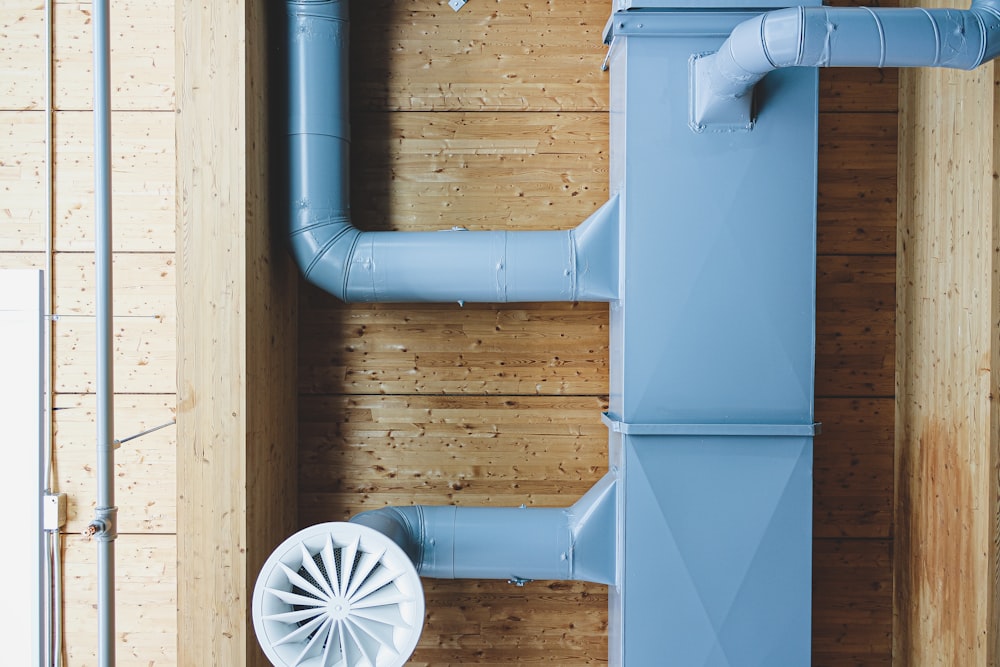The problem with the electric portable water heater that generates little or no heat is often caused by faulty heating elements, which are inexpensive components and relatively easy to replace. Other issues can be caused by improper setup, high water pressure in your home, or insufficient tank maintenance.
Portable Water Heater Circuit
A portable electric water heater that does not produce hot water may not be receiving power, a limit switch may operate, or one or more heating elements may fail. First, check the water heater circuit breaker on the service panel to make sure it has not tripped. When the circuit breaker trips, turn it off and on again.

If the heatsink circuit breaker does not work (if it is still on), try resetting the heatsink’s high-temperature limit.
- Close the water heater circuit breaker on the service panel.
- Remove the access panel to the top heating element of the water heater.
- Remove the insulation and plastic safety shield, being careful not to touch any wires or electrical terminals.
- Press the red button above the upper thermostat (high-temperature cutout reset button).
- Replace safety screens, insulation, and access panels.
- Turn on the heater breaker.
- If this does not resolve the problem, test each heating element and replace it if necessary.
Lack Of Hot Water
If your water heater produces hot water but does not have enough hot water, your appliance may be too small to meet your home’s hot water needs. Make sure that the demand does not exceed the capacity of the water heater.
Easy Fixing Idea For Water Heater
The water heater must have a 75% hot water capacity. For example, a 40-gallon portable water heater is sized to meet a 30-gallon demand. If the need for heating capacity is too great, limit your shower time, install a low-flow showerhead, and wash and wash dishes at different times of the day rather than at the same time.

If the appliance is not too small or if there is suddenly less hot water than before, one or both of the heating elements may fail. A constant supply of hot water while showering indicates a faulty upper heating element. A rapid flow of portable hot water heater shower indicates a fault with the lower heating element.
Water Temperature Too High
Too much hot water is just as frustrating as running out of hot water. If this happens, the setting of one or both thermostats on your portable electric water heater may be too high.
How To Fix
- Check the thermostat settings.
- Turn off the water heater for the room in the service panel.
- Remove the access panel, insulation, and plastic safety guards from each heating element in the water heater. Do not touch electrical wires or terminals.
- Test the wire with a non-contact voltage tester to make sure the power is off.
- Check the heating settings of both thermostats. It must be at the same temperature. The recommended setting is 115 to 125 degrees.
- Adjust the temperature to the desired setting using a flat blade screwdriver.
- Set the other thermostats to the same parameters.
- Replace safety guards, insulation, and access panels on each item.
- Turn on the heater breaker.

Leaks
Water leaks are usually caused by leaks in valves and plumbing fittings, but can also be related to tank issues. Water leaks can cause serious damage to your home, so it’s important to fix the water leak as soon as possible.
Fixing Leak
A leak in the water heater tank may be due to a loose heating element or tank corrosion. Check that the components are not loose and, if necessary, tighten with a component wrench.
Corroded tanks cannot be repaired and must be replaced. Turn off the power and water supply to the water heater and completely drain the tank to prevent leaks.
Rusty Water Or Unpleasant Odour From Portable Water Heater
If the tap water is brown, yellow, or red, the water heater tank or house pipe may be corroded. If the water coming out smells of rotten eggs, the water heater tank may contain bacteria. The anode rod on the tank may need to be replaced. This usually requires the services of a professional plumber.
Does Your Tank Make A Noise?
Is your water heater noisy? Does it sound like a deep rumble or a pop? Or is it a noble cry? The sound you hear may be boiling water. If there is too much sediment at the bottom of the tank, the bottom of the tank can overheat and boil the water.
Resolve Noise
The first solution to try is to empty the tank and remove the sediment. If this does not resolve the problem, the tank may need to be replaced.

Most Common Issues With Portable Electric Water Heater
1. Low Water Pressure
Low water pressure is usually due to insufficient pipe width. Older homes typically use ½ inch plumbing, while modern homes typically use 3/4 inch plumbing.
If you live in an old house and the water pressure is low, the boiler may not be a problem. To solve this problem, it is recommended to install a wide pipe in the house.
2. Leaks
Leaks can cause loose connections. In this case, it must be tightened with a wrench. They can also come from valves and are replaceable.
Leaks from the tank are more serious because they can corrode. If tanks are corroded, they must be completely replaced.

3. Dirty Water
When the water starts to turn dirty green, you can see corrosion in the tank. The only solution is to replace the tank.
However, this can be caused by a faulty anode rod, so flush the tank before replacing the tank to see if replacing the anode rod fixes the problem.
4. Smell From Portable Water Heater
If the water smells bad, it may be due to bacteria in the portable water heater. This is especially common if the water comes from a well. The tank rinse will operate. Alternatively, you can boil the water at the highest temperature to kill bacteria.
If that doesn’t work, wash it off with chlorine-based bleach.
If the water smells like rotten eggs, it may be due to a bad anode rod. In this case, it must be replaced.

5. The Tank Makes Noise
There are many reasons why a portable water heater makes noise. More often than not, the build-up of water in tanks and heating elements can cause even popping and popping noises as the water heats up.
In this case, try to empty the tank and descale. Basically, to prevent this from happening, you need to thoroughly rinse the tank every few months. If the problem is too serious, the tank must be completely replaced.
Feature Image Source: Pexels
